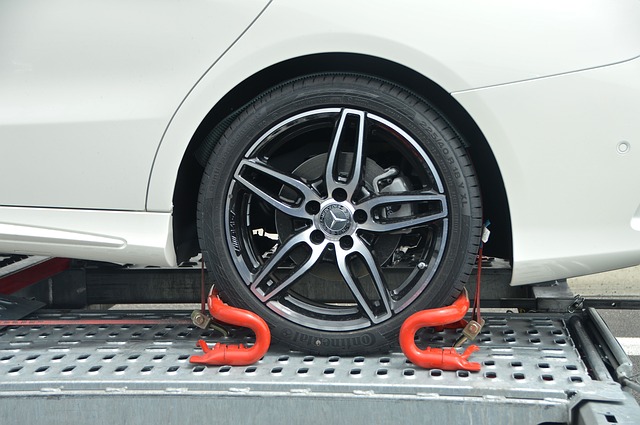Did you every wonder what’s the best way to tow your car? We will review some of the best practices and also the different types of towing available for each type of car.
You may use a truck or another vehicle to get the job done, the first thing is to check your vehicle’s owner manual and see wether towing is even possible using that vehicle.
If your manual doesn’t recommend that you use your vehicle for towing purposes then consider hiring a professional towing company near you. Otherwise look for the following specifications in your manual:
Weigh Limit for towing loads: this is the suggested amount of pounds that the manufacturer recommends you don’t exceed when using your vehicle for towing another car.
There are many important things to consider before you hop into your vehicle and tow another car off safely. It would be wise to gain some experience in an open area like a parking lot or another secure location and practice making some turns watching for the space that your car and your cargo are occupying on the road. Let’s keep in mind that driving a car and driving while towing another car are a completely different experience.
GET HITCHED
A tow hitch attaches to the rear chassis of your vehicle and creates a strong point of connection with the trailer or other vehicle you are towing. Usually it’s not very difficult to install the hitch and with the help of some basic tools you will have it ready to go in no time. Make sure you read the specifications for the hitch you use, they can have very different tow ratings. The two main considerations to look for are the class rating and the receiver opening.
The hitches can be class I, class II or class III. The first ones are rated up to 2,000 pounds gross trailer weight, with a 200-pound maximum trailer tongue weight. The tongue weight is simply the force exerted on the hitch from the trailer. Class II hitches are medium duty, rated for up to 3,500 pounds of trailer weight and 300 pounds of max tongue weight. Class III are even heavier duty, with a trailer weight of 6,000 pounds and tongue weight of 600 pounds.
GOING THE EXTRA MILE
If you will have a need for towing a trailer, RV or car frequently then It’s important to be well prepared and have all the necessary tools that will make the towing easier and safer.
Towing mirrors help you see past the trailer. Since rear visibility takes a huge hit while towing, these extended mirrors let you see around it. Other motorists will appreciate that you can see them.
Trailer wiring kits make it easy to stay safe and legal out on the road. Most passenger cars don’t have trailer wiring from the factory, so getting the brake lights and turn signals to work can mean splicing wires. Trailer wiring kits are plug-and-play.
Transmission coolers keep the temperatures down in one of your vehicle’s critical drivetrain components. Heavy loads make your vehicle work harder, increasing heat, which can damage a transmission. These affordable add-ons reduce the potential for expensive damage from towing.
Larger rotors with heavier duty pads will allow you to safely stop that heavy load. The factory brakes were meant to stop just the vehicle’s weight, so they can overheat when trying to stop additional weight.
Hitch covers look cool. Technically they offer some protection from the elements so the receiver doesn’t rust, but mainly they offer a unique way to customize your ride.
You can tow without a truck, but you have to do it the right way to stay safe.
There’s also the consideration of what method of towing best suits you. Read our previous article Tow Trucks San Diego to explore three other methods of towing your car – flatbed towing, Integrated Tow Truck andWheel Lift towing. Each of these methods has its benefits and drawbacks. Some are safer, but more expensive than others.

